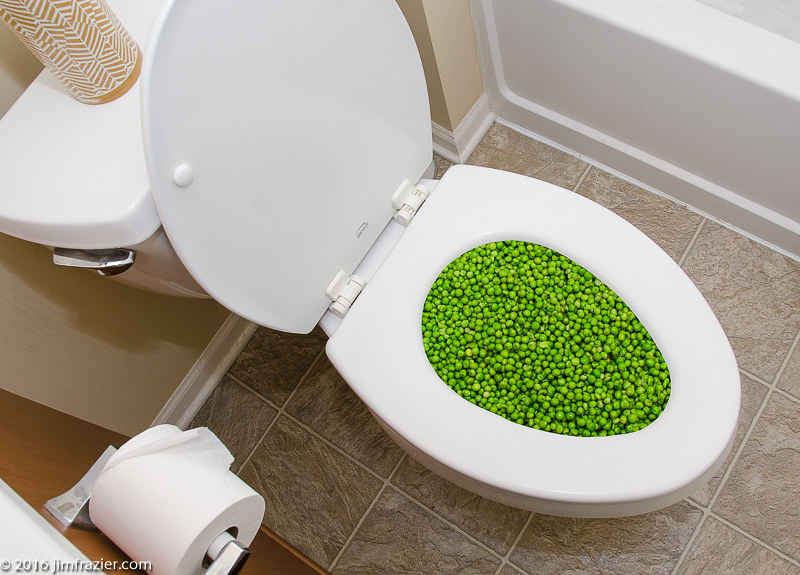Can You to Flush Food Down the Toilet?
Can You to Flush Food Down the Toilet?
Blog Article
Were you looking for info around Is it safe to flush food (especially rice) down the toilet??

Intro
Many individuals are frequently faced with the problem of what to do with food waste, especially when it concerns leftovers or scraps. One common inquiry that develops is whether it's alright to flush food down the bathroom. In this short article, we'll look into the reasons that individuals may think about purging food, the repercussions of doing so, and alternate approaches for correct disposal.
Reasons that people may think about flushing food
Absence of awareness
Some individuals might not know the possible damage triggered by flushing food down the commode. They may mistakenly believe that it's a harmless practice.
Benefit
Purging food down the bathroom might look like a quick and simple option to getting rid of undesirable scraps, especially when there's no nearby trash bin offered.
Laziness
In many cases, people may just pick to flush food out of large laziness, without taking into consideration the repercussions of their activities.
Consequences of flushing food down the commode
Environmental influence
Food waste that winds up in rivers can contribute to contamination and damage water environments. In addition, the water used to flush food can strain water sources.
Pipes problems
Flushing food can cause clogged up pipelines and drains pipes, triggering expensive pipes repair work and hassles.
Types of food that need to not be purged
Fibrous foods
Foods with fibrous textures such as celery or corn husks can obtain tangled in pipelines and cause clogs.
Starchy foods
Starchy foods like pasta and rice can take in water and swell, resulting in clogs in pipes.
Oils and fats
Greasy foods like bacon or food preparation oils ought to never ever be flushed down the commode as they can strengthen and trigger blockages.
Correct disposal approaches for food waste
Utilizing a waste disposal unit
For homes geared up with waste disposal unit, food scraps can be ground up and flushed with the pipes system. However, not all foods are suitable for disposal in this way.
Recycling
Particular food product packaging products can be recycled, minimizing waste and decreasing ecological influence.
Composting
Composting is an environmentally friendly way to deal with food waste. Organic materials can be composted and made use of to enhance soil for horticulture.
The significance of proper waste monitoring
Lowering environmental injury
Proper waste monitoring practices, such as composting and recycling, aid reduce air pollution and preserve natural resources for future generations.
Protecting plumbing systems
By preventing the technique of flushing food down the commode, property owners can protect against costly plumbing repair work and preserve the stability of their plumbing systems.
Conclusion
In conclusion, while it might be alluring to purge food down the commode for ease, it's important to understand the potential consequences of this activity. By adopting appropriate waste monitoring methods and dealing with food waste properly, people can add to healthier plumbing systems and a cleaner atmosphere for all.
FLUSH FOOD DOWN THE TOILET?
FLUSHING FOOD CAN CAUSE BLOCKED DRAINS IN YOUR HOME
All of the plumbing fixtures in your home are connected to the same sewer pipe outside of your home. This outdoor sewer pipe is responsible for transporting all the wastewater from your home to the Council sewer mains. Even small pieces of food that go down the kitchen sink can cause problems for your sewer. It should therefore be obvious that flushing larger bits of food, such as meat, risks a clog in either the toilet itself or the sewer pipes. Flushing greasy food is even more problematic because oil coagulates when it cools, coating the interior lining of your pipes.
THE TOILET IS NOT A BIN
Food isn’t the only thing that people shouldn’t be flushing down the toilet. People use the toilet to dispose of all kinds of things such as tampons, makeup wipes, dental floss, kitty litter and even underwear. Water goes to great lengths to educate residents about the high costs and stress placed on wastewater treatment systems simply from people flushing the wrong stuff down the toilet. It costs taxpayers millions of dollars each year, and homeowners thousands in blocked drain repairs.
FLUSHING FOOD IS A WASTE OF WATER
Flushing food is a waste of our most precious resource - water. In June this year Level 1 water restrictions were introduced to protect water supply from drought conditions. Much of New South Wales continues to be affected by prolonged drought with recent figures revealing up to 97 per cent of the state remains in drought. Depending on whether you have a single or dual flush toilet, every single flush uses between five and 11 litres of water. In the current climate this is a huge amount of water to be wasting on flushing food that should be placed in the bin (or better yet, the compost).
https://www.jabplumbingsolutions.com.au/blog/can-you-flush-food-down-the-toilet

We hope you enjoyed our topic about Flushing Food Down the Toilet?. Thank you for spending some time to read our content. Sharing is nice. Helping people is fun. Thanks so much for your time invested reading it.
Click On This Link Report this page